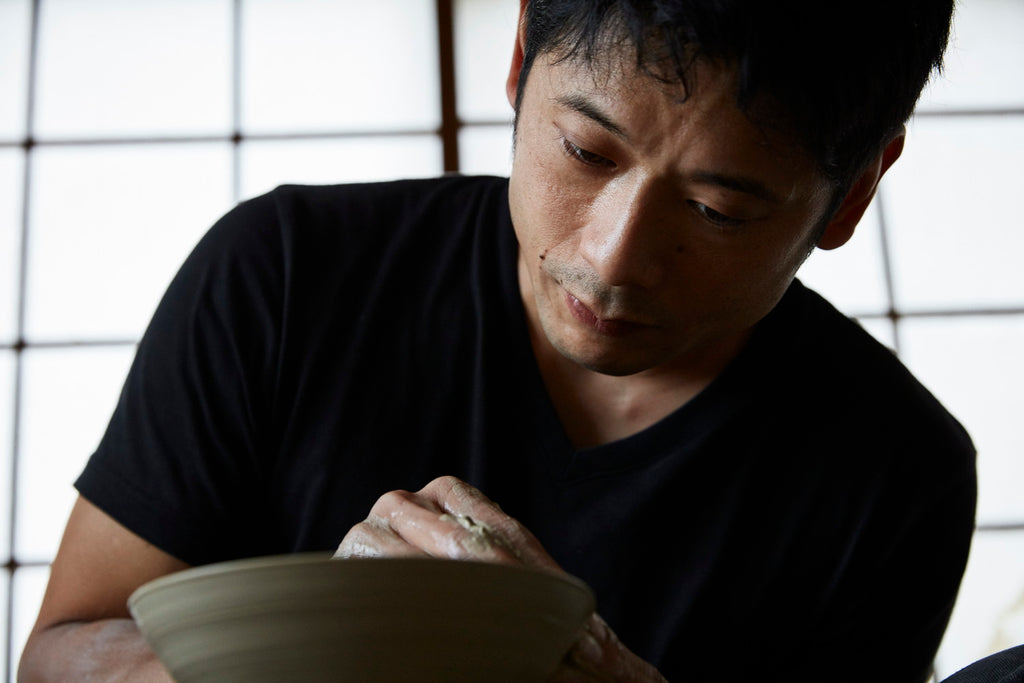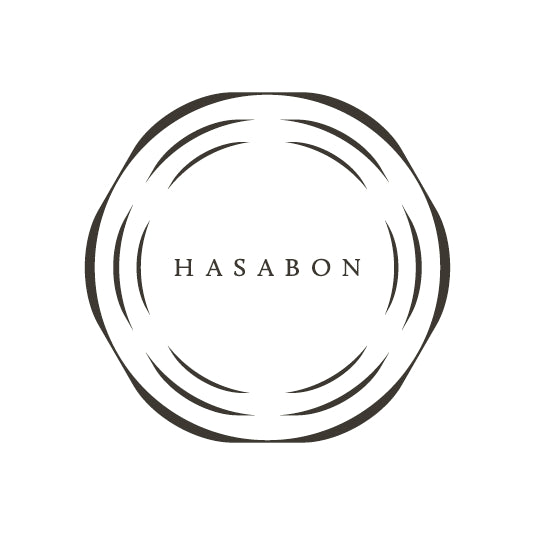Zeroing in on Ko-karatsu, Surpassing Ko-karatsu(Naoto Yano)


Ko-karatsu (Old Karatsu) – the ceramic produced from Momoyama era (1573~1603) to early Edo era (1603~). Ko-karatsu sake cups have been considered as the envy of many sake connoisseurs, and the ones that passed down for generations are traded up to several million yen now. Ko-karatsu went into decline very soon after the porcelain of Ko-imari(Old Imari) emerged in early Edo era. Because of such a short life, it involves a great deal of mystery, and many modern ceramic artists have devoted their artistic lives attempting to reproduce this enticing style of art.
In this circumstance, a new theory on Ko-karatsu has emerged in recent years and quickly attracted attention. It suggests, “Ko-karatsu was actually not pottery but porcelain.” While so many ceramic artists have tried to reproduce Kokaratsu with the clay found near its kiln ruins, none, unfortunately, has really succeeded.
It is considered that Karatsu and Koimari are influenced by ancient Korea that had developed porcelain-making technique back then. When artisans tried to produce the same porcelain in Japan by Korean technique, they could not find kaolin and used different stone called sandstone to produce Karatsu. In early Edo era, kaolin mine at Izumi Mountain, Arita was discovered and the use of sandstone was discontinued, thus Karatsu naturally went extinct.
Classifying Karatsu as porcelain but not pottery, this theory completely reverses the common belief. Yet, some actually tried to use sandstone and successfully created the pieces that were much closer to Ko-karatsu than any works produced before. This is why this theory is getting serious attention among Karatsu ceramic artists. Today, Yasumoto Kajihara and Naoto Yano are the famous ceramic artists using sandstone. Thanks to generous cooperation of Mr. Naoto Yano at this time, we look into the details of Karatsu creation using sandstone.

Muji Karatsu (Karatsu ware with no painting) sake cup (left) and Hakeme (brush stroke) katakuchi (single-spouted) sake server (right) that a customer of Mr. Yano has been using. Wearing the aged ambience, Muji Karatsu and Hakeme resembles Kokaratsu and Yi Dynasty pieces, but both were the sandstone creation by Mr. Yano.

The main ingredient – sandstone. Mr. Yano himself collects them in field of Karatsu and Arita of Saga Prefecture. His Karatsu creation starts at smashing sandstone and making clay.

Smashing sandstone by a stamper to the grainy state. Stirred every hour to avoid the uneven crush, the stone is milled to fine grains. Large clashing sound echoes inside the studio at every move of the stamper.

The stamper is working on the sandstone from Hirado area of Arita now. It is where the Egaratsu (painted Karatsu) category of Kokaratsu was made.

How the stone looks after about 12-13 hours in the stamper. You can clearly see that all has turned sandy grains. After straining with a sieve, Mr. Yano starts what he considered as the most important work – hydraulic elutriation.

He moves the sandstone-turned-grains to a bucket, and pours water. When stirred, the impurity like heavy stone particles and iron sink rapidly. He scoops out supernatant to the next bucket. The deposit at the bottom of that bucket is the clay to make ceramics.

Mr. Yano claims that this hydraulic elutriation is the most important process for clay-making. The ingredient for white porcelain is made by the identical procedure, only with a different ingredient of kaolin instead of sandstone.

This is the deposit in the first bucket. While it looks like clay at a quick glance, it contains too much impurity and iron to make ceramics. However, it helps shaping on a potter’s wheel when mixed in the final clay at around 10%.

It has been around 10 years since Mr. Yano started his Karatsu creation with sandstone. In his first few years, he suffered a lot with formulating the right clay, and could not even reach to the clay-kneading stage like this.

Once the clay is ready, he moves on to the shaping stage on the potter’s wheel. Mr. Yano uses the electric wheel to shape, and the kick wheel to shave out the kodai (foot).

He quickly shapes one piece after another. Along the way, he jokingly offered to “shape a Kizaemon (the national treasure Ido tea bowl from the ancient Korea).” He explains that he can clearly visualize and remember how all famous tea bowls he has seen were shaped on the potter’s wheel and how their kodai were shaved after a single encounter. I was amazed to learn this level of expertise.

Sample pieces shaped on the potter’s wheel. Despite the pre-glazing/pre-firing state, all are so purely beautiful that I cannot take my eyes off.

One of the glazes Mr. Yano uses. Black as pitch at a glance, it is a Madara Garatsu (dappled Karatsu) glaze. Its color comes from carbon in ash, which creates the beautiful dappled speckles when fired.

This red one is caramel-colored glaze used for Chosen Karatsu. Containing a large amount of iron, the liquid is in red but gives out the characteristic caramel color or black of Chosen Karatsu. Mr. Yano constantly uses 10 other different glazes on top of what I saw so far.
After shaping and glazing stages, the art pieces finally go into the kiln and fire. Mr. Yano uses a style of kiln called waritakeshiki (sectioned bamboo), we had an interview for firing on another day.
Date of Interview/Photo: October 10, 2016 (up to shaping)
Photographer: Fumihiko Sekiguchi
Unauthorized use or reproduction of these photos is prohibited.
